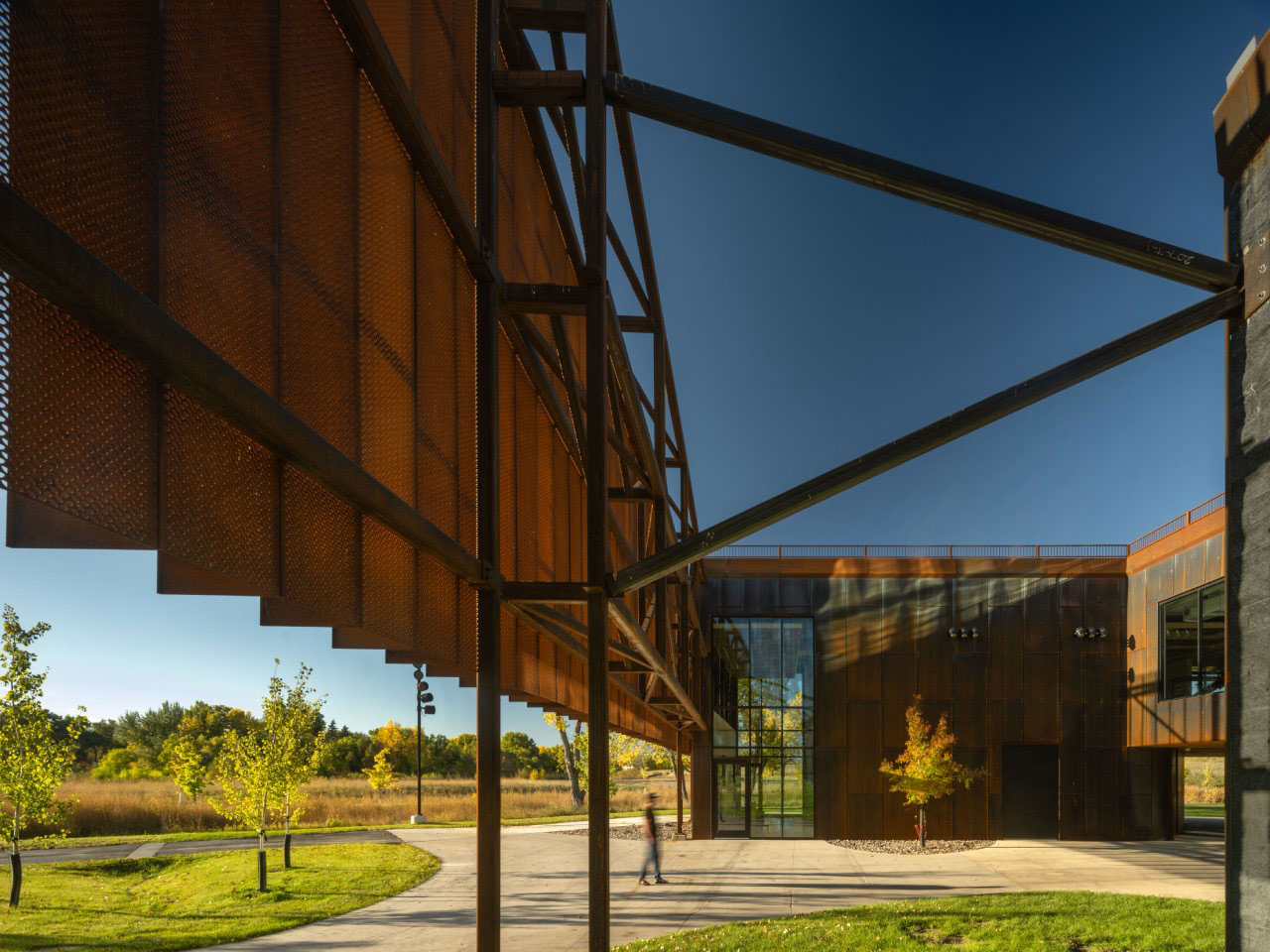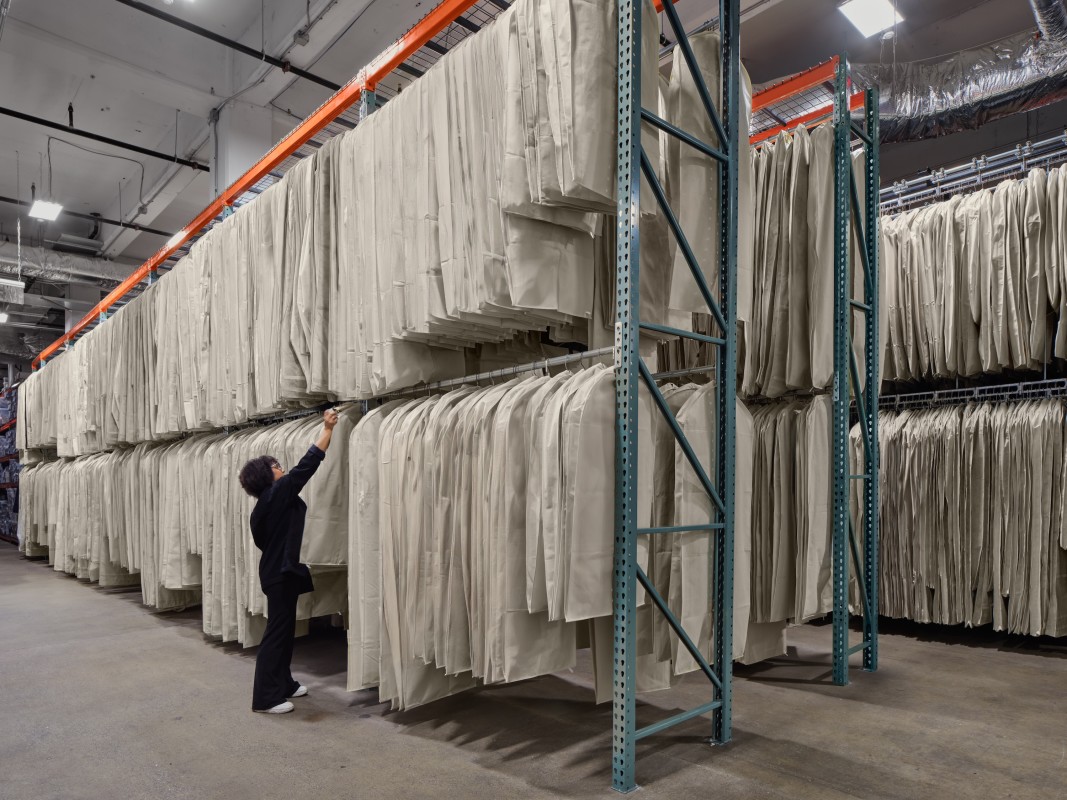Fannin Battleground State Historic Site in Goliad, Texas
In the dark days after the fall of the Alamo, on March 6, 1836, James Fannin, commander of the Texian garrison at Goliad, was frozen with indecision. He had fortified the mission grounds of La Bahia, but recent defeats at Refugio and San Antonio made the fort vulnerable to the advancing Mexican armies under General Jose de Urrea and Santa Anna. By the time word came from General Sam Houston, ordering the Texians under Fannin to fall back to Victoria, General Urrea’s troops were already approaching Goliad. Fannin finally ordered a retreat, and on the morning of March 19, he and his 300 men abandoned the fort. They carried 1,000 muskets and nine cannons, but very little food or water as they headed east towards Victoria. Urrea’s men caught them less than a mile from the relative safety of a tree line on high ground and surrounded the Texians in a small patch of low, dry prairie. As Fannin’s men set up a defensive square, Urrea sent word back to newly-captured Goliad for reinforcements and artillery. A little after 1:30 p.m. the battle commenced, and by the evening of the 19th, the Texians counted seven killed and 28 wounded. The next morning, the Mexican artillery reinforcement had arrived, and the Texians had no choice but to surrender. Fannin believed he and his men would be treated as prisoners of war and paroled back to the United States, but Urrea could not promise this as Santa Anna had standing orders that all who take up arms against the Mexican government were to be executed as pirates. The Texians were marched back to La Bahia and shot on March 27 in what is now called the Goliad Massacre. A small group of prisoners were spared or escaped the execution. From eyewitness accounts, the site of the Battle of Coleto Creek was marked with a pile of stones after the defeat of the Mexican army at San Jacinto on April 21, 1836. In 1894, a local farmer named Sol Parks placed a cotton gin screw at the site of Fannin’s surrender, which still stands near the entrance to the park today.


In the dark days after the fall of the Alamo, on March 6, 1836, James Fannin, commander of the Texian garrison at Goliad, was frozen with indecision. He had fortified the mission grounds of La Bahia, but recent defeats at Refugio and San Antonio made the fort vulnerable to the advancing Mexican armies under General Jose de Urrea and Santa Anna. By the time word came from General Sam Houston, ordering the Texians under Fannin to fall back to Victoria, General Urrea’s troops were already approaching Goliad. Fannin finally ordered a retreat, and on the morning of March 19, he and his 300 men abandoned the fort. They carried 1,000 muskets and nine cannons, but very little food or water as they headed east towards Victoria.
Urrea’s men caught them less than a mile from the relative safety of a tree line on high ground and surrounded the Texians in a small patch of low, dry prairie. As Fannin’s men set up a defensive square, Urrea sent word back to newly-captured Goliad for reinforcements and artillery. A little after 1:30 p.m. the battle commenced, and by the evening of the 19th, the Texians counted seven killed and 28 wounded. The next morning, the Mexican artillery reinforcement had arrived, and the Texians had no choice but to surrender.
Fannin believed he and his men would be treated as prisoners of war and paroled back to the United States, but Urrea could not promise this as Santa Anna had standing orders that all who take up arms against the Mexican government were to be executed as pirates. The Texians were marched back to La Bahia and shot on March 27 in what is now called the Goliad Massacre.
A small group of prisoners were spared or escaped the execution. From eyewitness accounts, the site of the Battle of Coleto Creek was marked with a pile of stones after the defeat of the Mexican army at San Jacinto on April 21, 1836. In 1894, a local farmer named Sol Parks placed a cotton gin screw at the site of Fannin’s surrender, which still stands near the entrance to the park today.






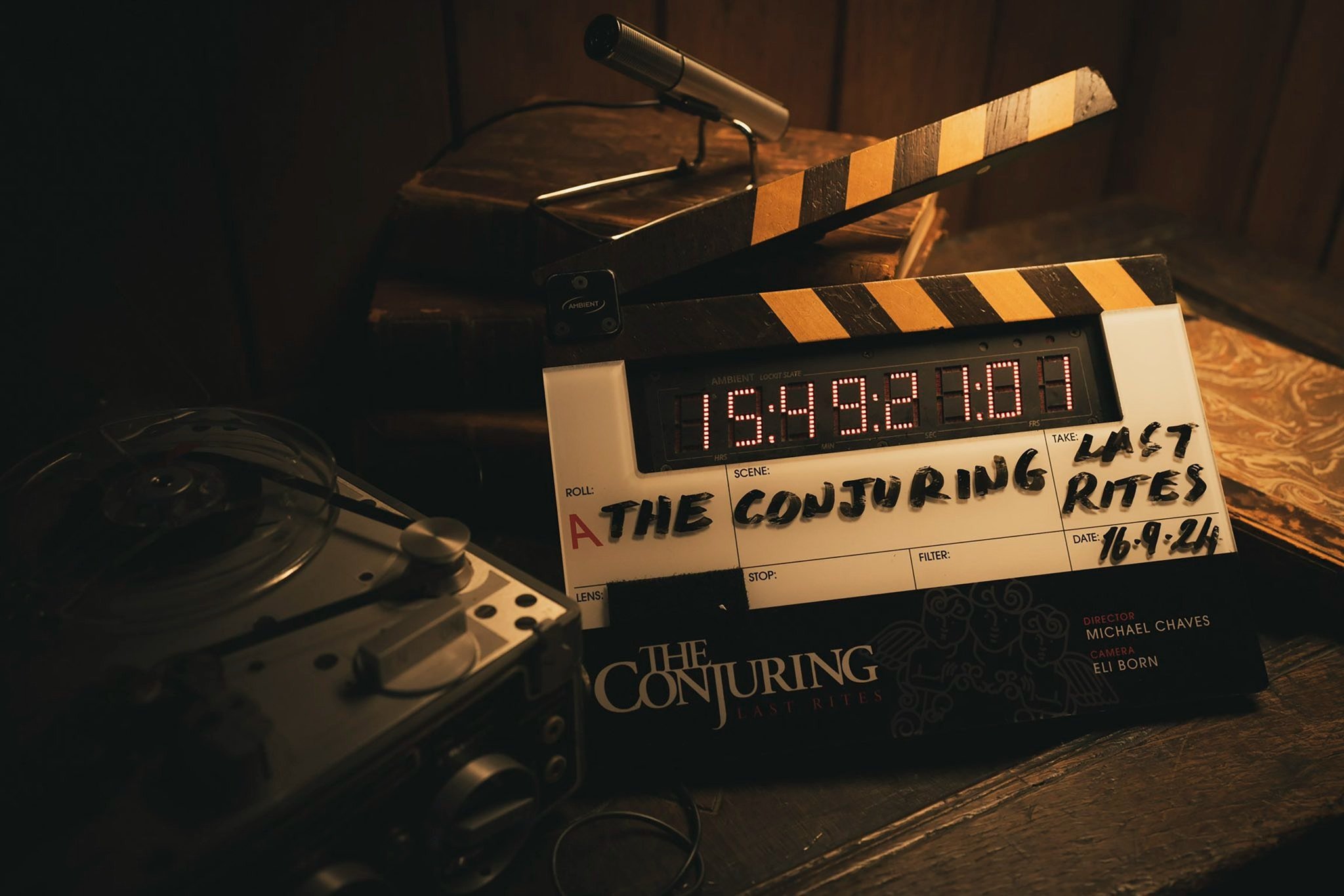
















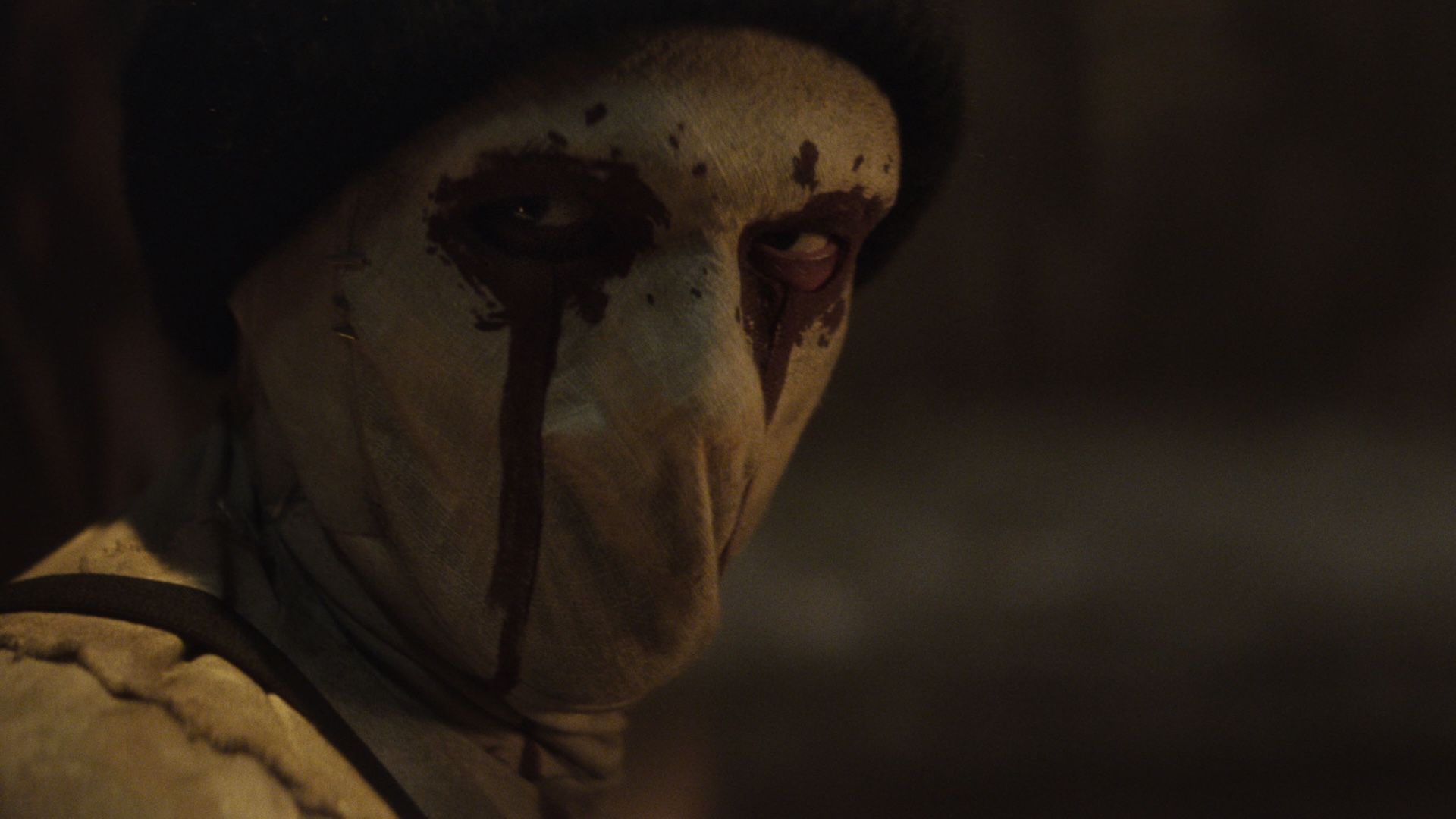




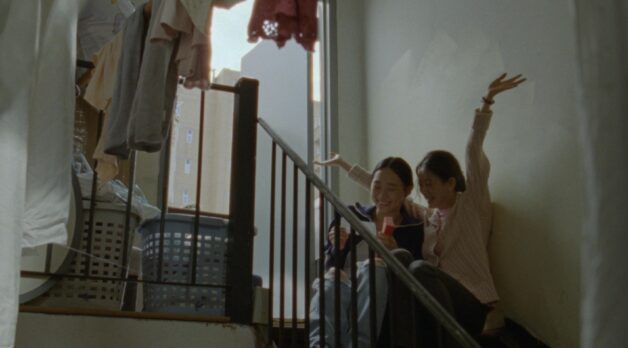


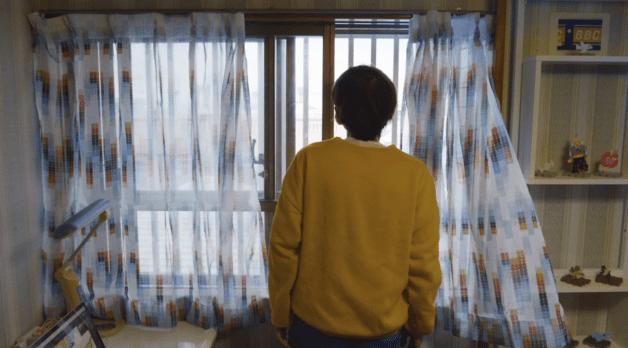












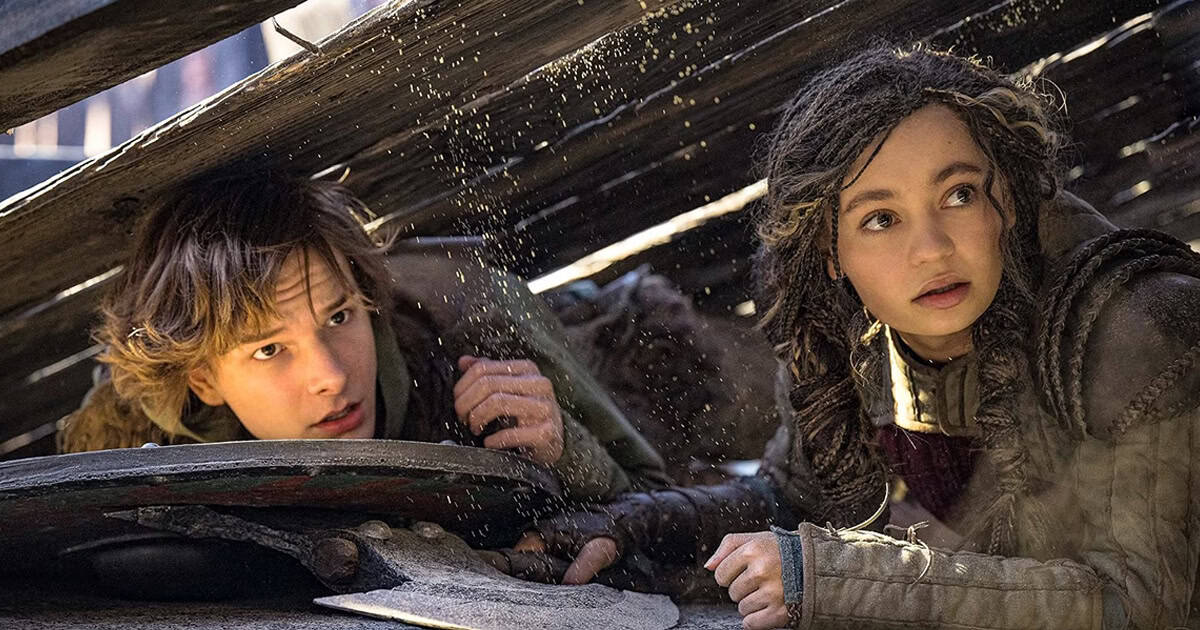




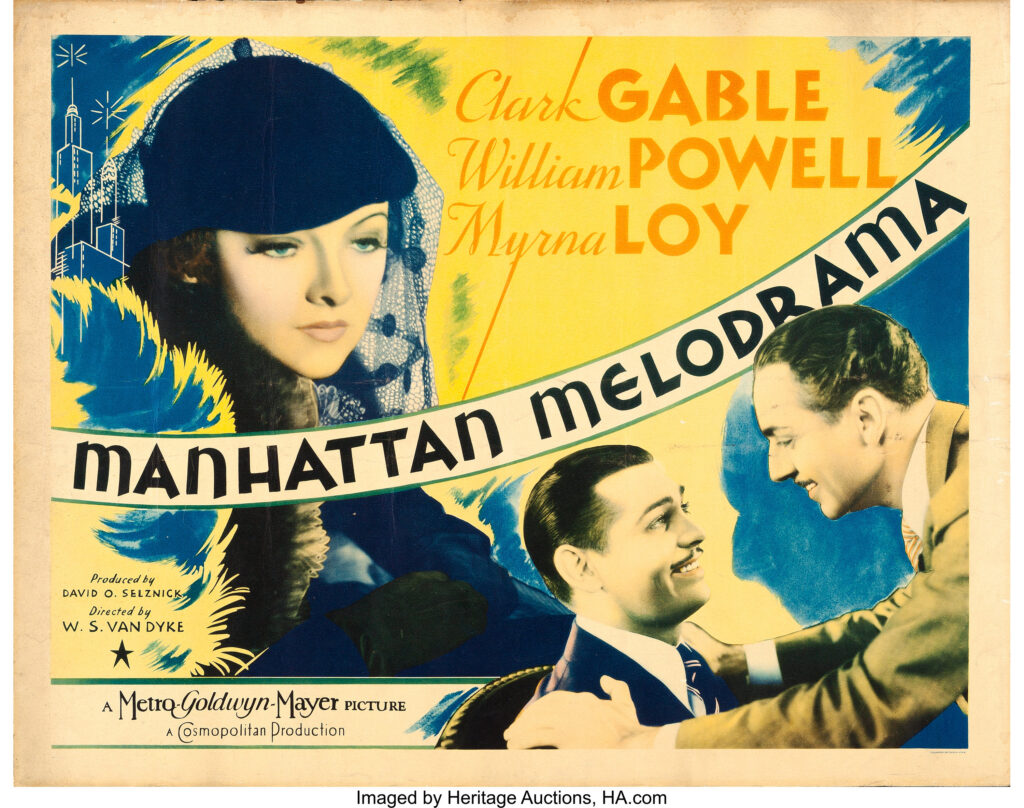
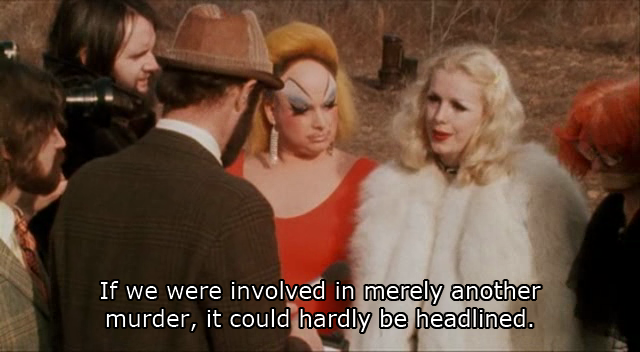
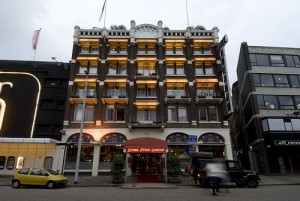
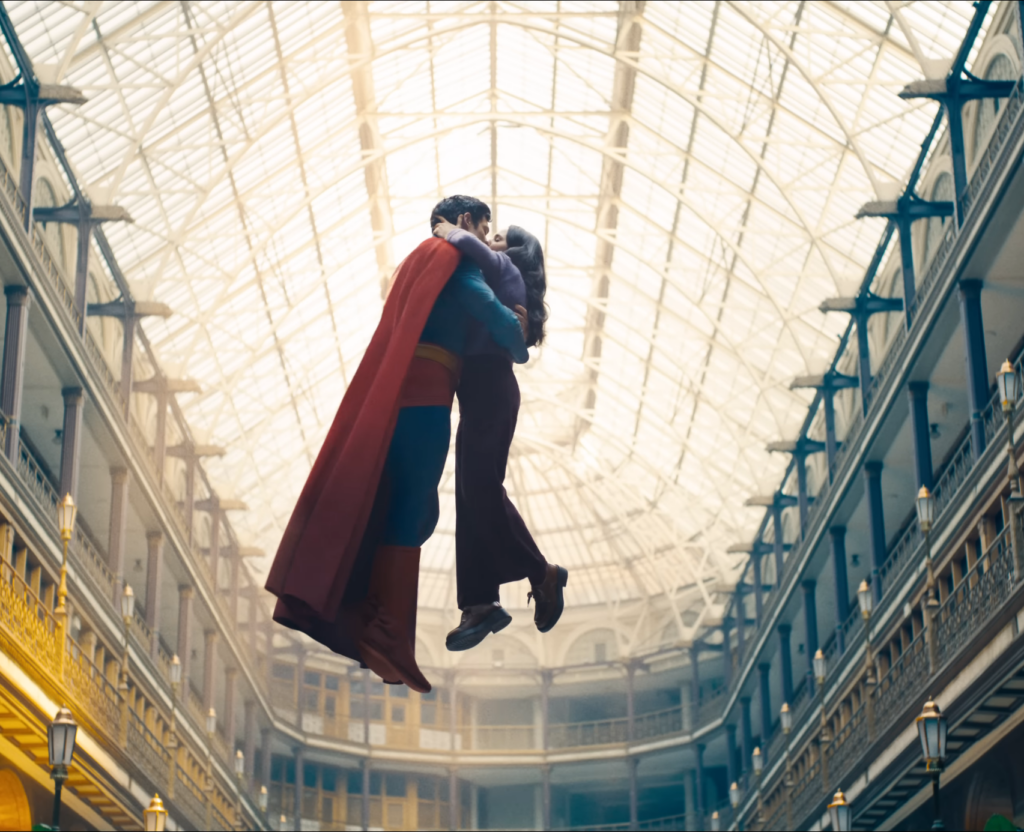
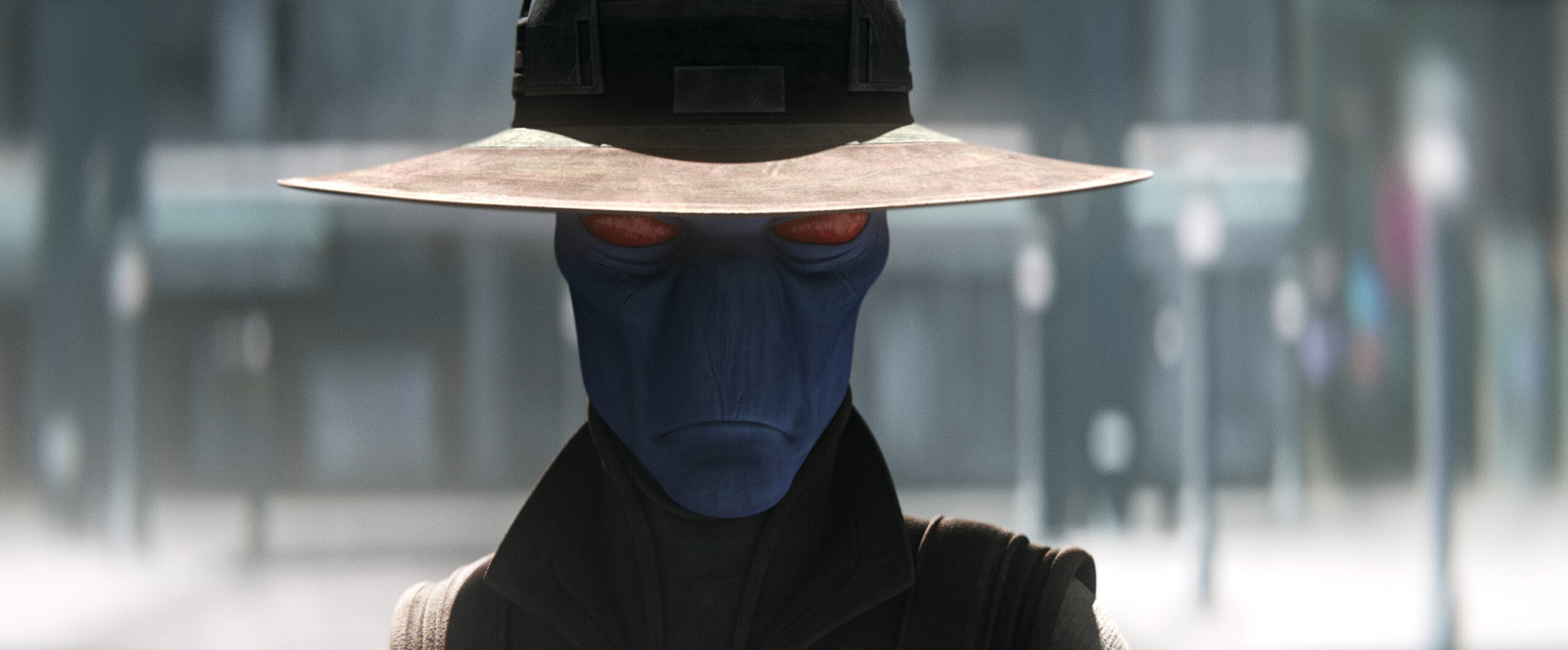


























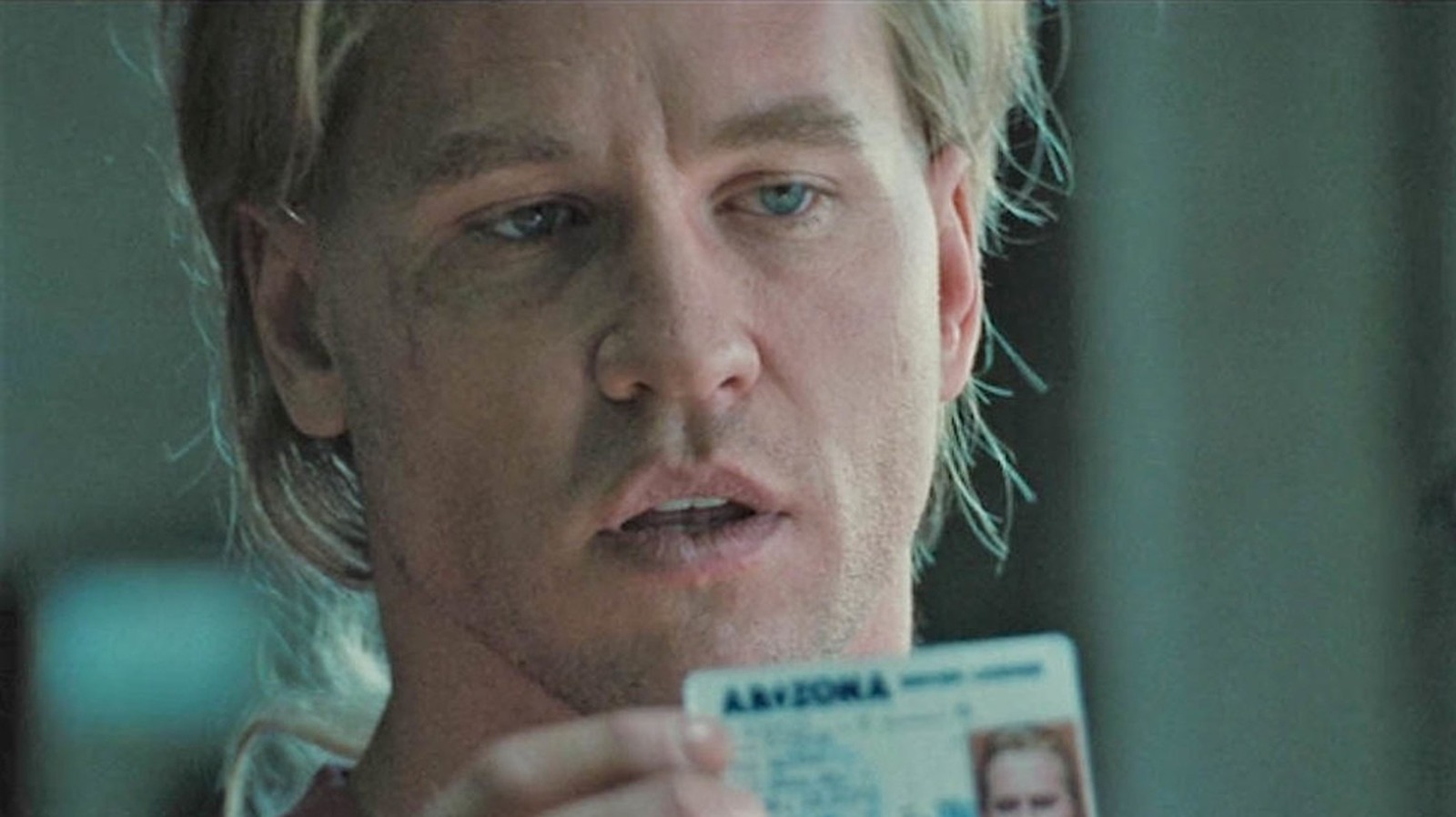






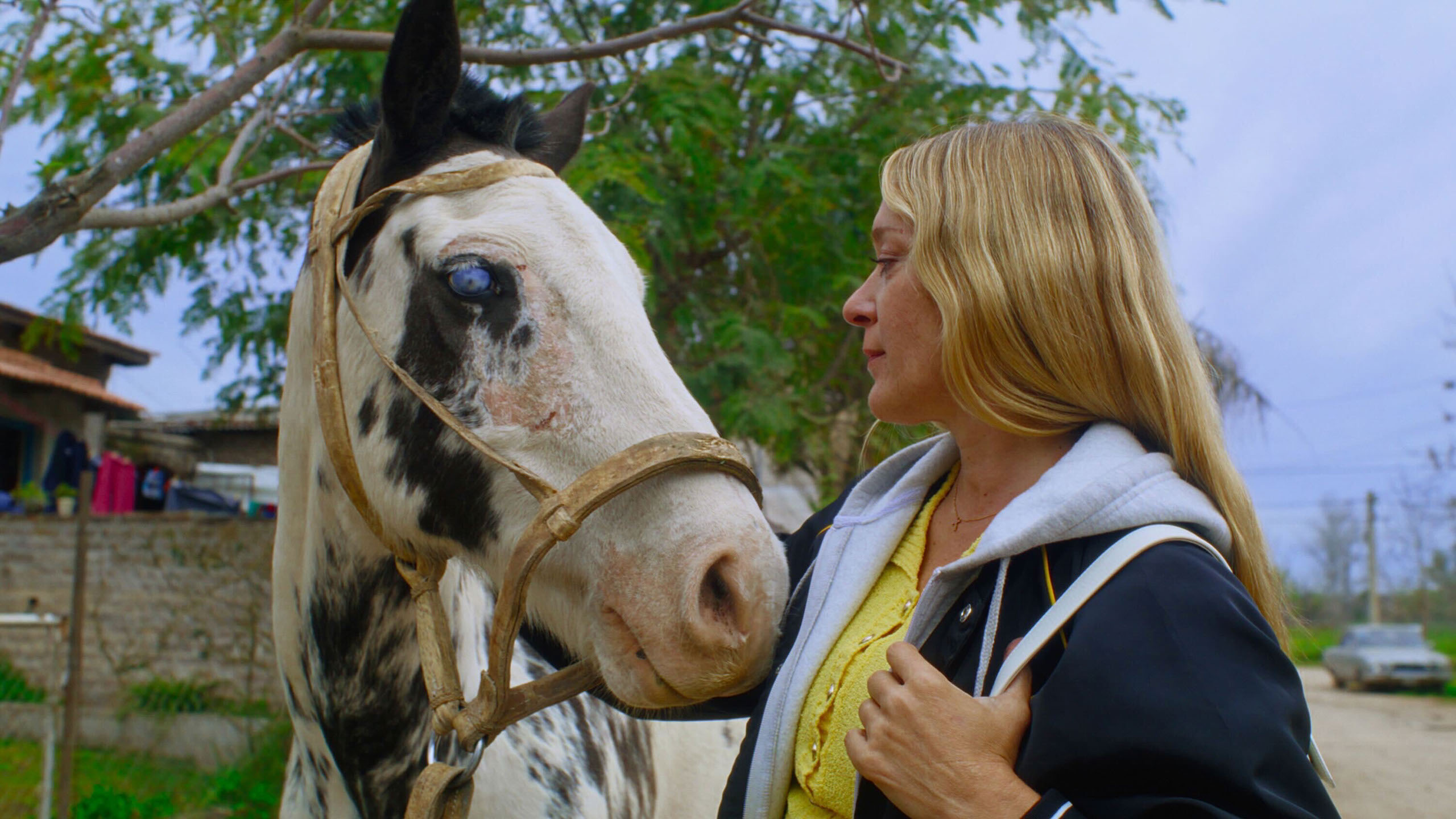
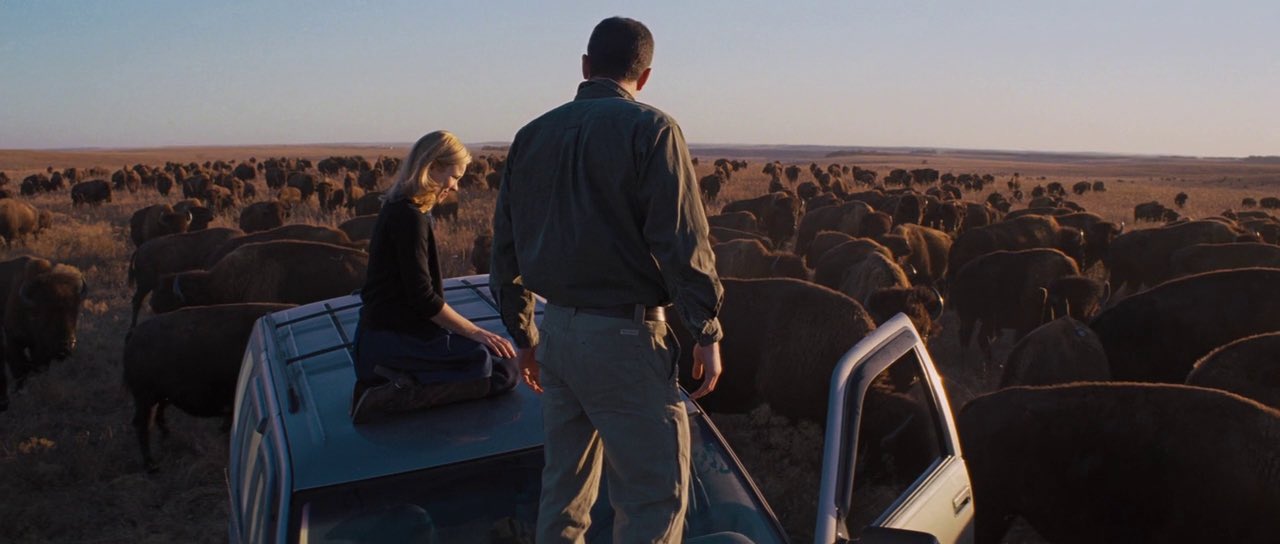








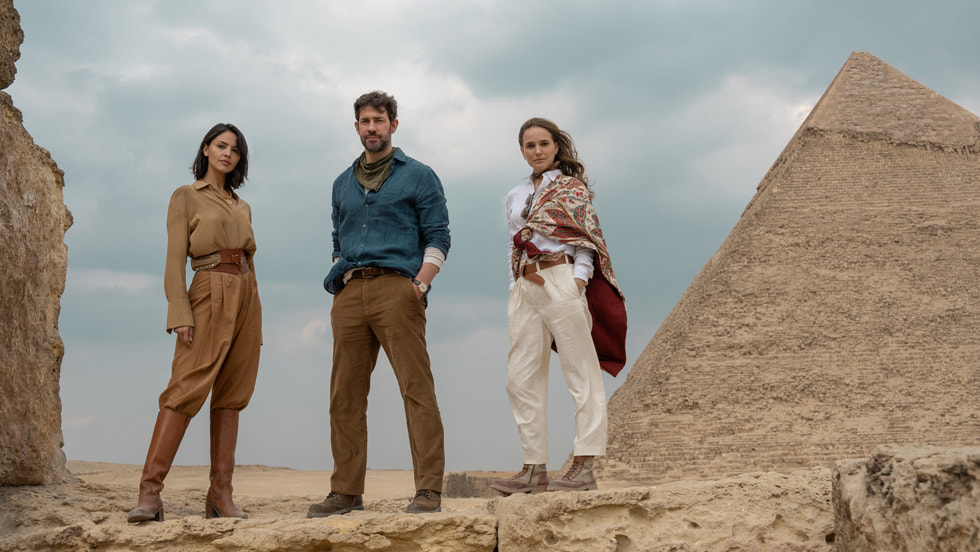






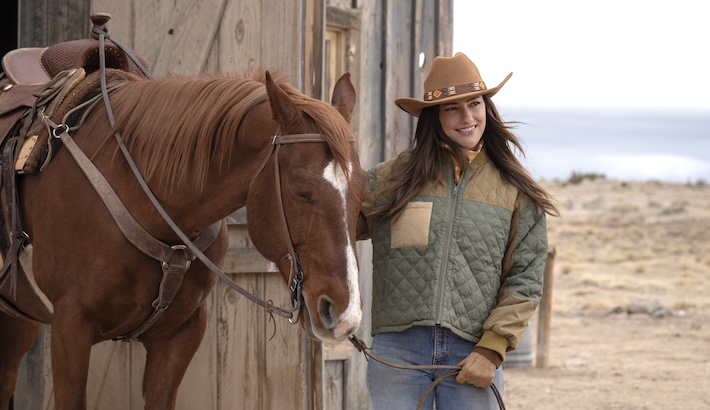


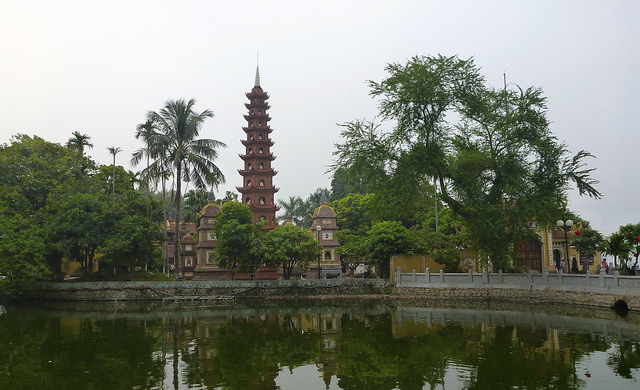
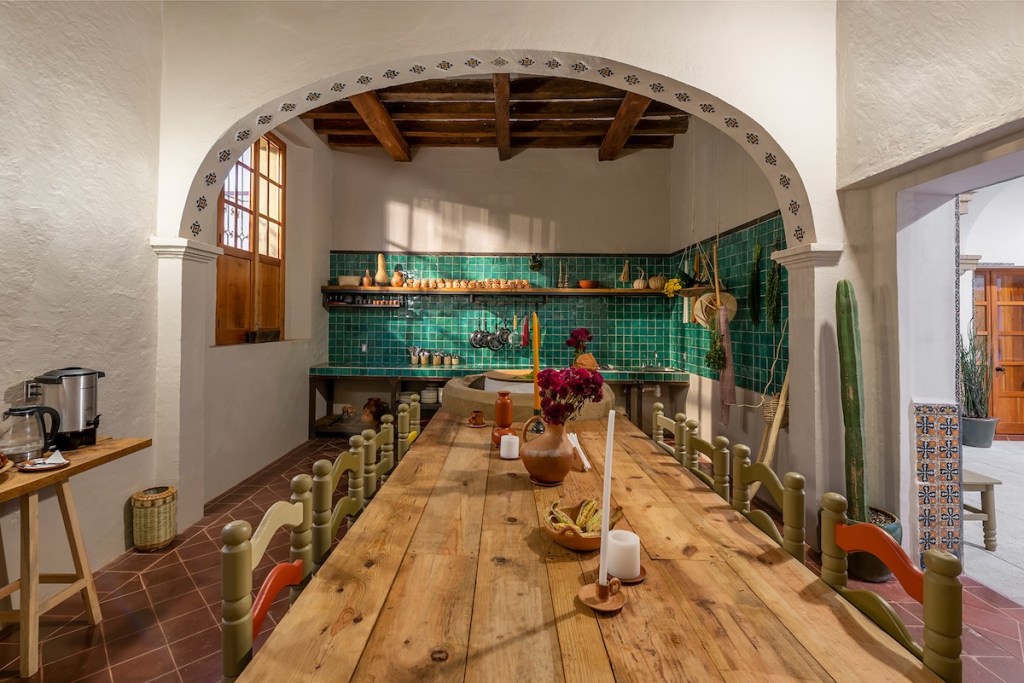
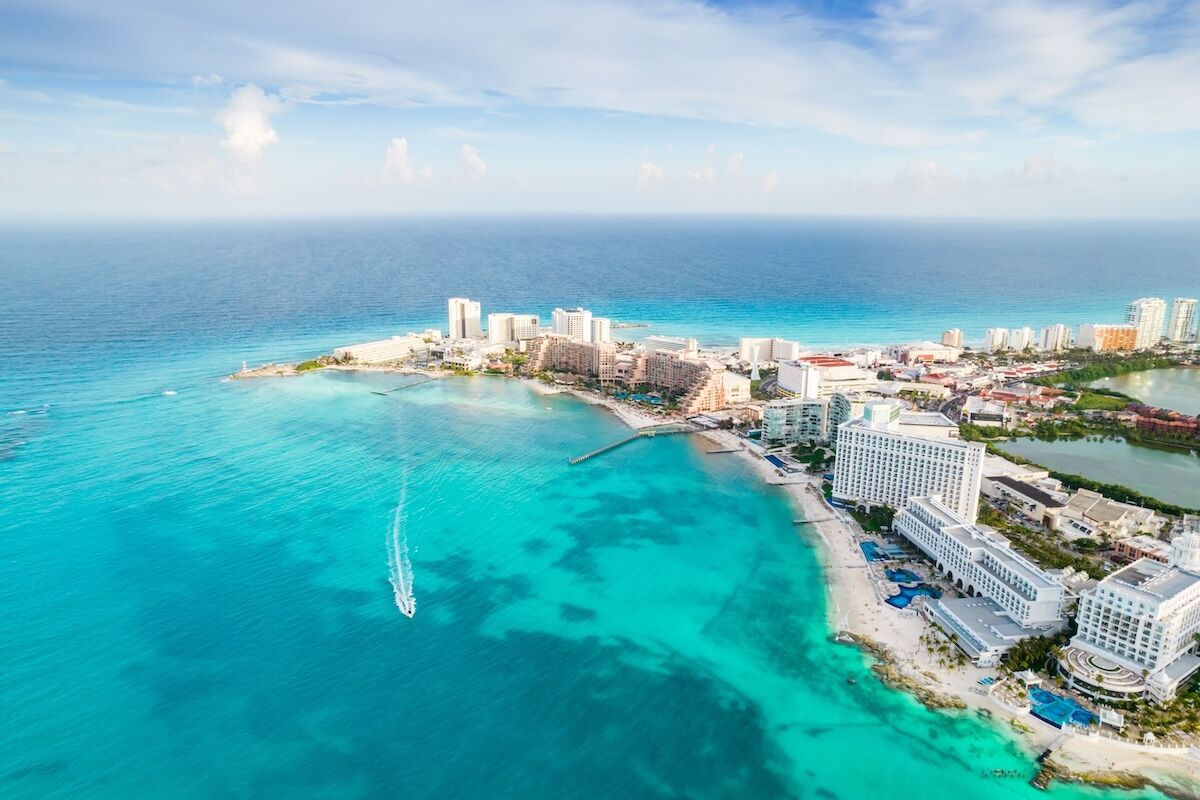








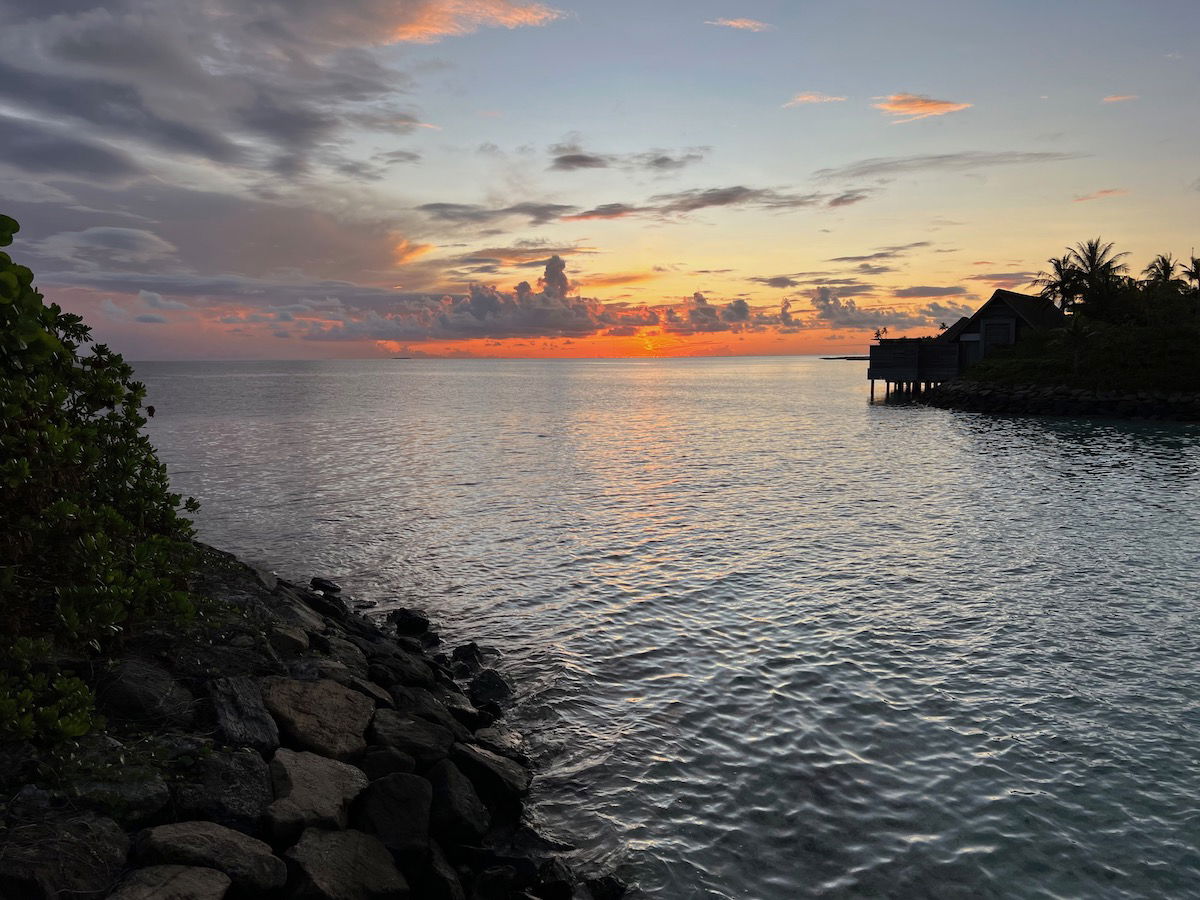









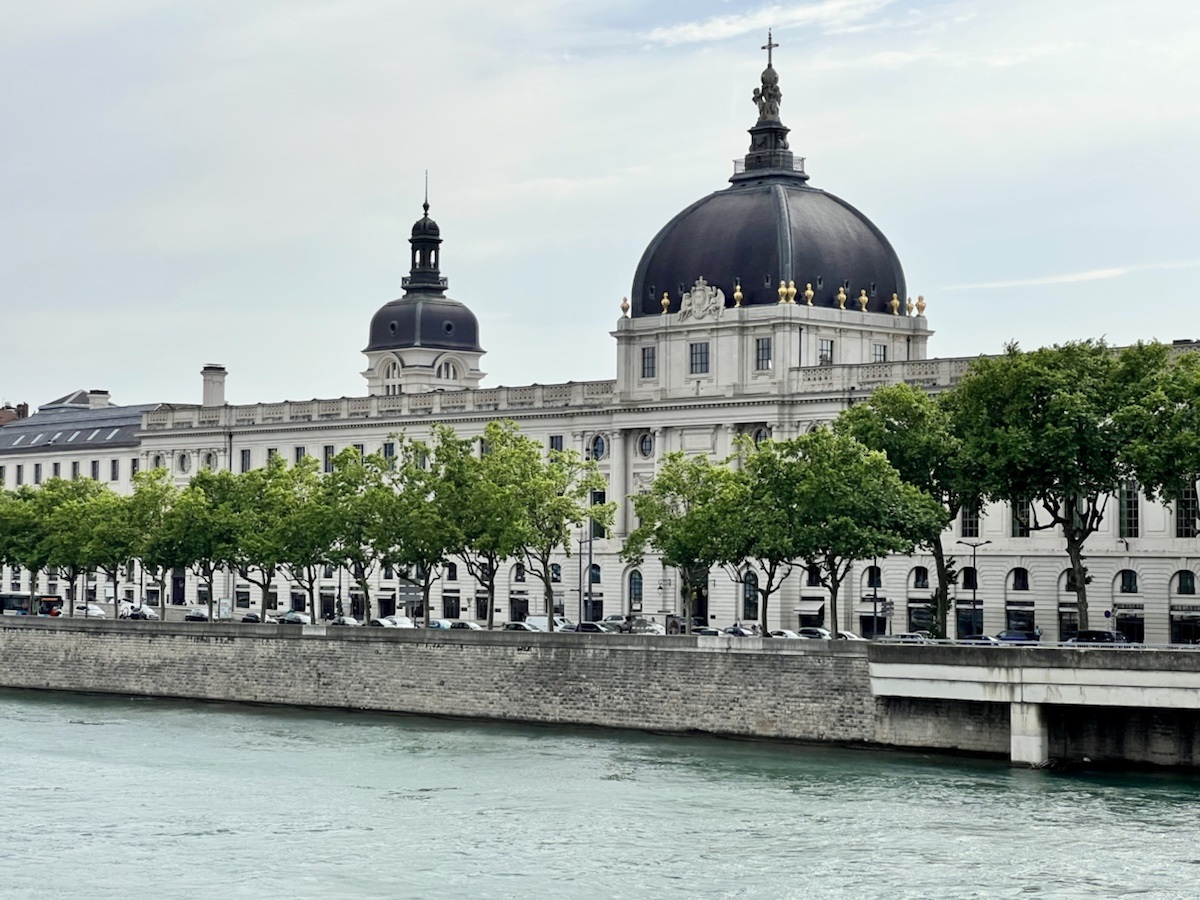





















































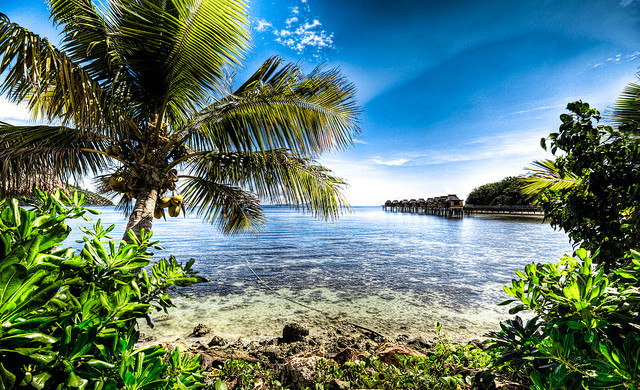
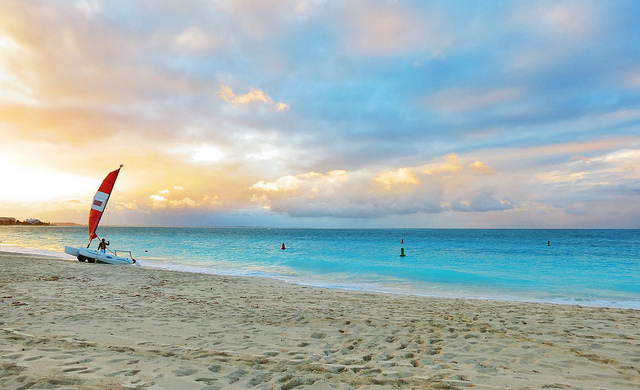
























































































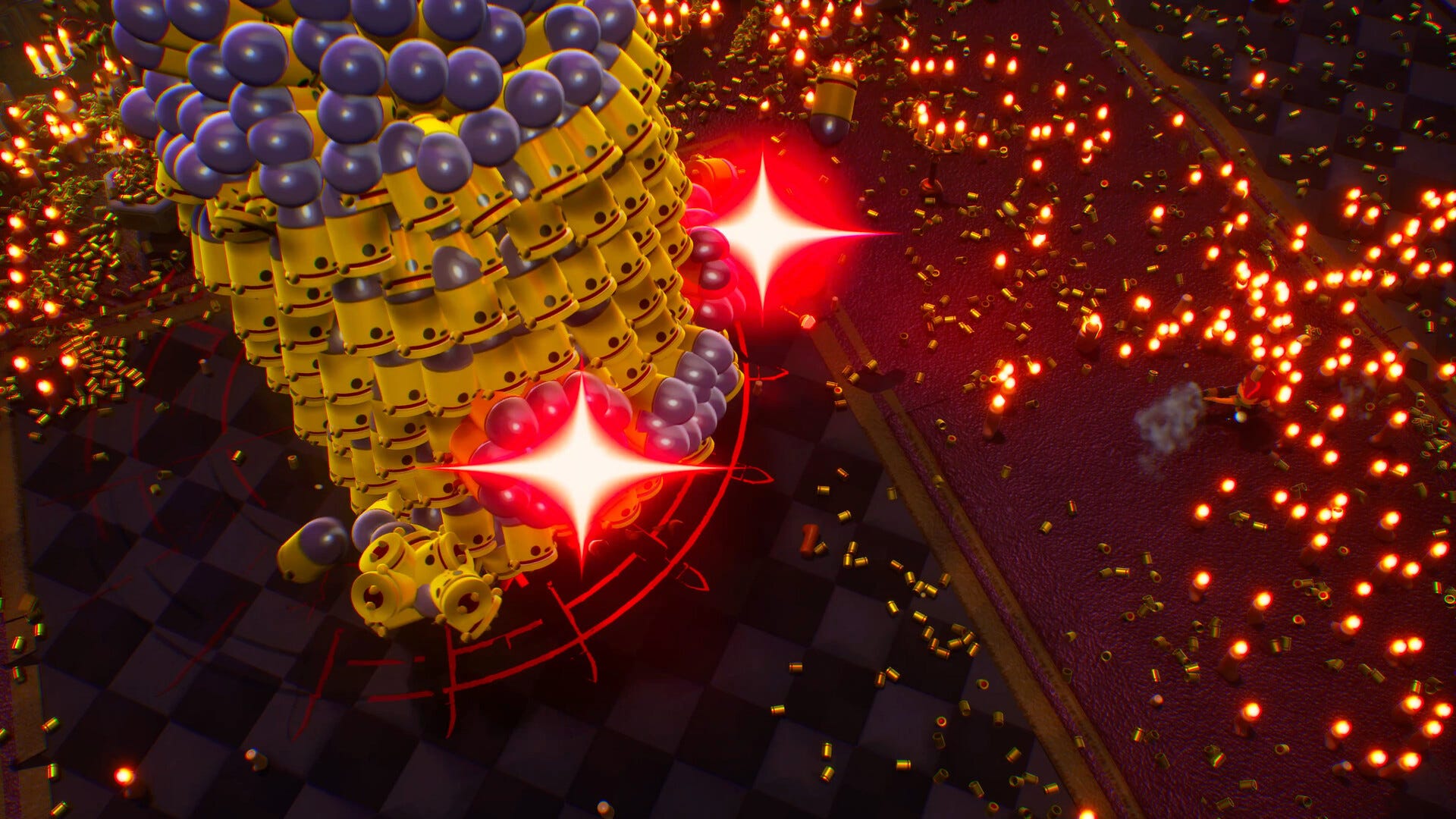



.jpg?width=1920&height=1920&fit=bounds&quality=80&format=jpg&auto=webp#)































